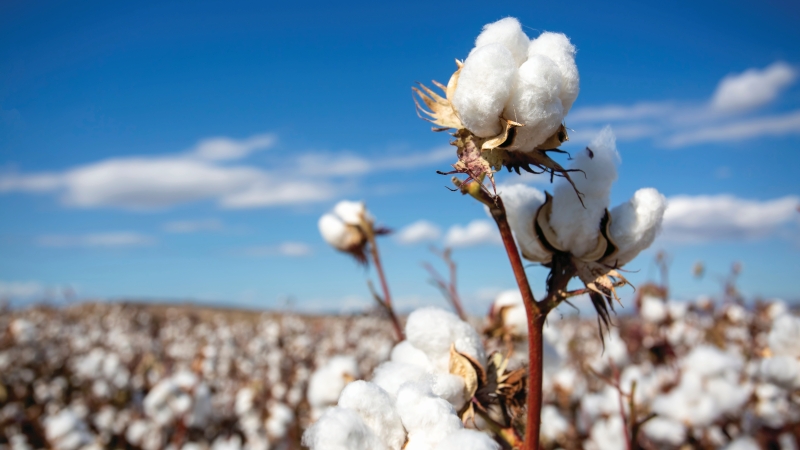Shurley: Things to Consider as Prices Climb
New crop December 2018 futures now stand at over 75 cents. The reasons for much better prices seem fairly obvious, but what has been somewhat surprising is the strength of the uptrend. Prices have now improved 5 to 6 cents, or about 8 to 9%, since the most recent plateau at 69 to 70 cents back in November.
The term “feed the bear” has been used – meaning this kind of uptrend and strength in the market should be rewarded with producers taking price positions. I agree, and my advice was actually to start some 2018 crop pricing back when December first broke above 70 to 71 cents. As always, it’s tough to decide how much to price and how to price, realizing that your goal is also to manage risk in addition to getting a good price.
January’s USDA crop production and supply/demand estimates were a mixed bag in my humble opinion. Prices (December 2018 futures) dropped prior to the report, but then rallied afterward and closed essentially unchanged for the day. March 2018 closed down almost one cent for the day, but still stands at over 81 cents.
Here’s a summary of the January numbers compared to December:
- The 2017 U.S. crop was trimmed 180,000 bales. While a smaller crop had been expected months ago, this small reduction is likely of little consequence now.
- Projected U.S. exports for the 2017 crop marketing year were unchanged at 14.8 million bales. This number could be increased in future reports if pace of exports remains strong.
- World production was raised 1 million bales. Production was lowered in the U.S., Australia and India, but raised 1.4 million bales for China.
- Production was increased, but World Use or demand was also increased. Use was revised up 1.24 million bales to 120.83 million bales. If realized, this would be 5.3% more than last year and the highest use since 2007-08.
- Most of this increase in projected use is coming out of China. China’s use was revised up 1 million bales. Vietnam, Indonesia, and Mexico were also revised up slightly.
- China’s projected imports were cut 300,000 bales. One would think this is due to the increase in their own production.
This month’s crop production estimates will be the last until the final number is released in May. The table below compares this month’s January estimate to the highest monthly estimate made for the crop by state. Had all states made their highest estimate, the U.S. crop would have totaled 22.47 million bales.
Of 17 states, 15 ended up making less than their highest USDA-NASS estimate. In other words, the cotton crop did less than once earlier predicted. Despite Hurricane Harvey and other obstacles, the Texas crop has ended up right at its high estimate for the year. Georgia has taken the biggest cut in expected production – 22.4%.
Okay, so those are the numbers and the current situation. What’s next? Let’s think about some factors that will come into play.
- U.S. ending stocks are relatively large, but fiber quality may be an issue. Also, if exports continue to do well, the current estimate could be revised, and this will draw down on ending stocks.
- Questions remain about the India crop and India exports. That crop could be smaller than currently estimated and/or exports could be curtailed.
- 2018 acres planted is going to be a big guessing game. The seed cotton program, if in place for 2018, is going to come into play. If there’s no more Generic Base and thus no Temporary Base to be earned from planting covered commodities, this changes everything in terms of planting decisions. Everything hinges on the timing of when and how this happens.
- The strength in prices we’ve seen is clearly driven in large part by growth in demand (use) and strong exports. At what price does use begin to cut back?
- The longer prices stay at these levels, the more cotton acreage we may see in 2018. From an industry standpoint, that’s good. For the individual grower, you must consider how this may impact price (December 2018 futures) and manage that risk.
- Even if acres planted increases in 2018, that doesn’t initially translate into higher production compared to 2017.
Growers already have 80 cents in their thinking, and I know that’s what they want – that’s the target. And you can’t hardly blame them – 2017 was a tough year for a lot of growers, and old crop March futures are now over 80. Decisions should be made to get a good average price, manage the risk of prices going down, and leave the door open to benefiting from even higher prices should that happen.










